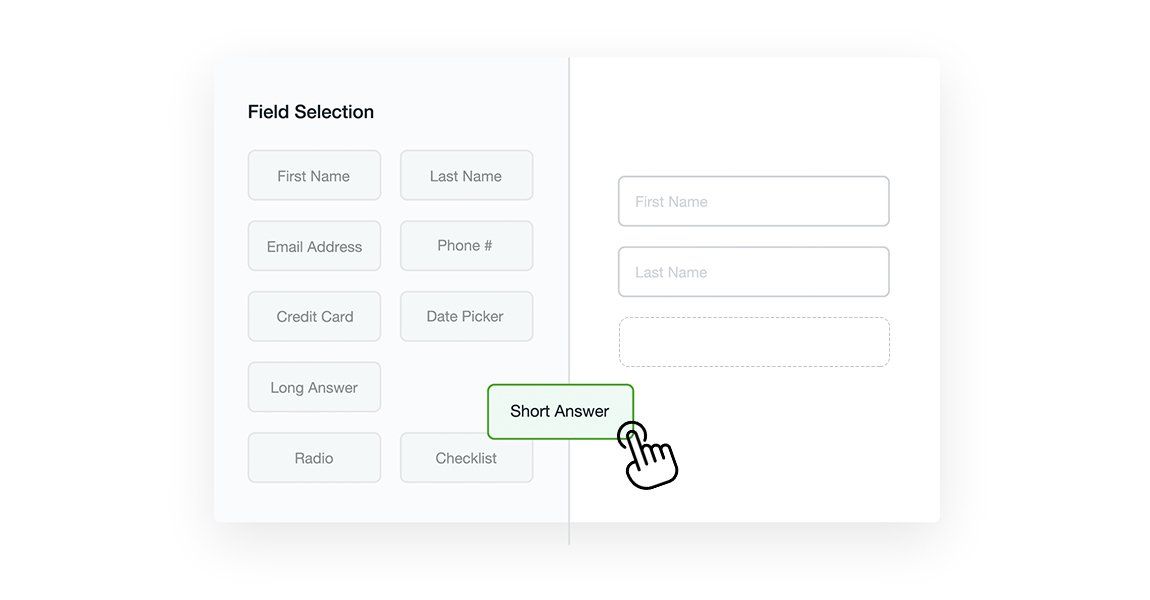In the ever-evolving digital landscape, technologies constantly adapt and improve to meet the changing needs of users and developers. One such transformation that has taken place is the integration of Scalable Vector Graphics (SVG) into HTML5. SVG, a widely used vector graphics format, has seamlessly merged with HTML5, the latest version of the Hypertext Markup Language, to create a powerful combination for web designers and developers. We highlight the journey of SVG and how it has evolved and integrated into HTML5, unleashing a new era of dynamic and visually appealing web experiences.
Understanding SVG:
Scalable Vector Graphics (SVG) is a popular XML-based vector graphics format widely used to display scalable and resolution-independent graphics on the web. Unlike raster images, which are composed of pixels and can lose quality when resized, SVG images are based on mathematical equations that describe the shapes and curves. This enables them to be scaled to any size without losing sharpness or clarity.
The Rise of HTML5:
HTML5, the fifth and latest version of HTML, revolutionized the web by introducing a host of new features and enhancements. It aimed to provide a more sophisticated and interactive experience for users, enabling developers to create dynamic websites and web applications. With its improved multimedia support and canvas element, HTML5 became the go-to technology for modern web development.
Integration of SVG into HTML5:
Prior to HTML5, incorporating complex graphics into web pages often required the use of plugins or external technologies like Flash. However, with the rise of HTML5, the integration of SVG became a reality. HTML5 introduced the <svg> element, which allowed developers to embed SVG directly into their web pages without the need for additional plugins.
We Share The Benefits of SVG in HTML5:
- Scalability: As mentioned earlier, SVG images are scalable without any loss of quality. This scalability makes them ideal for creating responsive designs that adapt to various screen sizes and resolutions, including mobile devices.
- Accessibility: By embedding SVG directly into HTML5, developers can leverage the benefits of accessible web design. Screen readers and other assistive technologies can interpret SVG content, making it more inclusive and user-friendly.
- Interactivity: SVG supports a wide range of interactivity features, including animation, scripting, and event handling. This enables developers to create engaging and interactive visual experiences within their web pages.
- SEO-friendly: Unlike raster images, which are difficult for search engines to interpret, SVG graphics are search engine optimized. This means that search engines can easily crawl and index the content of SVG images, improving the overall visibility of web pages.
Use Cases and Examples:
The integration of SVG into HTML5 has opened up a plethora of creative possibilities for web designers and developers. Here are some popular use cases:
- Infographics and Data Visualization: SVG's ability to scale and its support for interactivity and animation make it a perfect choice for creating visually appealing infographics and interactive data visualizations.
- Icons and Logos: SVG's scalability and sharpness make it ideal for designing icons and logos that can be used across different devices and resolutions.
- Illustrations and Artwork: Artists and designers can create intricate and detailed illustrations using SVG, which can be easily embedded into HTML5 web pages and manipulated using CSS or JavaScript.
- User Interfaces: SVG is extensively used in creating user interfaces with rich graphics, dynamic effects, and responsive elements. Its ability to adapt to different screen sizes ensures a consistent user experience across devices.
Conclusion:
The integration of SVG into HTML5 has revolutionized web design and development, empowering designers and developers to create visually stunning, responsive, and interactive web experiences. SVG's scalability, accessibility, and search engine friendliness, combined with HTML.
Keep reading our blog for our latest business tips, and check out our pricing to see how much you can save on your digital processes!







